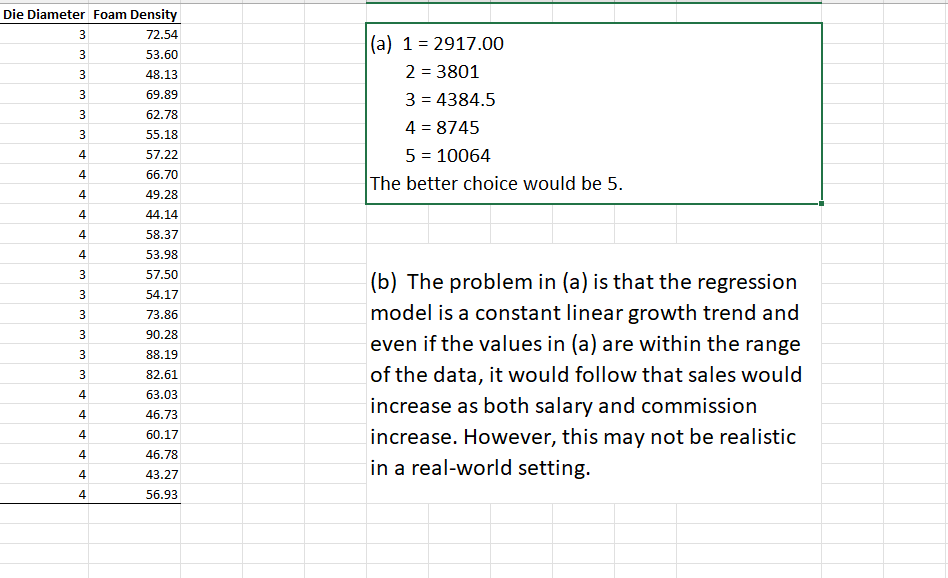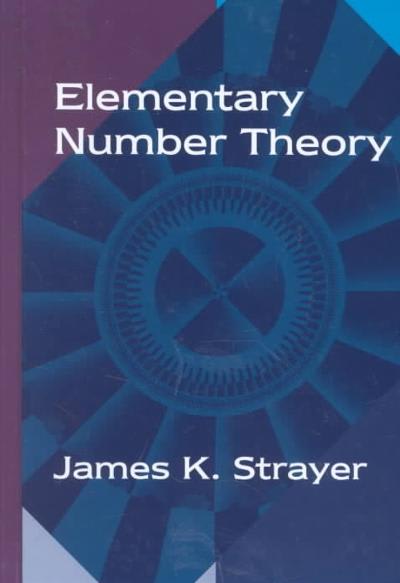Question
Question 1 : The percentage of youth not in employment, education or training (NEET) is of greater policy significance than simply looking at unemployment rates.

Question 1 :
The percentage of youth not in employment, education or training (NEET) is of greater policy significance than simply looking at unemployment rates. We hypothesise that NEET is influenced by the average age at which females are having their first child and their school life expectancy. Data is collected for 30 countries in NEET.
| Country | NEET | Mean Birth age | School life expectancy |
| Netherlands | 4.4 | 28.9 | 15.9 |
| Denmark | 5.6 | 29.1 | 15.6 |
| Iceland | 5.9 | 27 | 15.8 |
| Switzerland | 6.8 | 30.2 | 15 |
| Sweden | 6.8 | 28.6 | 16 |
| Austria | 6.8 | 28.5 | 14.7 |
| Slovenia | 7.4 | 28.7 | 14.1 |
| Luxembourg | 7.9 | 29.3 | 13.1 |
| Finland | 8.6 | 27.9 | 16.7 |
| Canada | 8.8 | 27.6 | 14.8 |
| Norway | 9.2 | 28.4 | 16.9 |
| Germany | 9.5 | 28.9 | 15.3 |
| Japan | 10.1 | 29.4 | 14.3 |
| Czech Republic | 11.0 | 27.6 | 13.5 |
| Estonia | 11.0 | 26.3 | 14.1 |
| Poland | 11.1 | 26.6 | 14.4 |
| Australia | 11.4 | 30.5 | 16.6 |
| France | 12.0 | 28.6 | 15.4 |
| New Zealand | 12.5 | 27.7 | 16.2 |
| Portugal | 12.8 | 27.4 | 15.2 |
| United Kingdom | 13.4 | 30 | 16.4 |
| Hungary | 13.8 | 28.2 | 13.6 |
| United States | 14.8 | 25 | 15.2 |
| Belgium | 16.0 | 28 | 15.8 |
| Ireland | 17.6 | 29.8 | 14.9 |
| Spain | 17.6 | 29.3 | 15.3 |
| Greece | 18.2 | 29.2 | 14.3 |
| Italy | 19.5 | 27.7 | 14.7 |
| Mexico | 22.0 | 21.3 | 11.5 |
| Turkey | 30.2 | 22.9 | 9.5 |
a State the multiple regression equation. b. Interpret the meaning of the slopes in this equation. c. Predict the percentage of youth not in employment, education or training (NEET) for a country where the mother's average age at first birth is 25 and school life expectancy is 15 years. d. Is there a significant relationship between NEET and the two independent variables at the 0.05 level of significance? e. Interpret the meaning of the coefficient of multiple determination. f. Determine the adjusted R 2. g. At the 0.05 level of significance, determine whether each independent variable makes a significant contribution to the regression model.
Question 2
An experiment was conducted to study the extrusion process of biodegradable packaging foam (data extracted from W. Y. Koh, K. M. Eskridge and M. A. Hanna, 'Supersaturated split-plot designs', Journal of Quality Technology, 45, January 2013, 61-72). Among the factors considered for their effect on the unit density (mg/mL) were the die temperature (145 C versus 155 C) and the die diameter (3 mm versus 4 mm). The results were stored in . Develop a multiple regression model that uses die temperature and die diameter to predict the unit density (mg/mL). Do you think that you need to use both independent variables in the model? Explain.
Packaging foam3 figure :

Step by Step Solution
There are 3 Steps involved in it
Step: 1

Get Instant Access to Expert-Tailored Solutions
See step-by-step solutions with expert insights and AI powered tools for academic success
Step: 2

Step: 3

Ace Your Homework with AI
Get the answers you need in no time with our AI-driven, step-by-step assistance
Get Started


